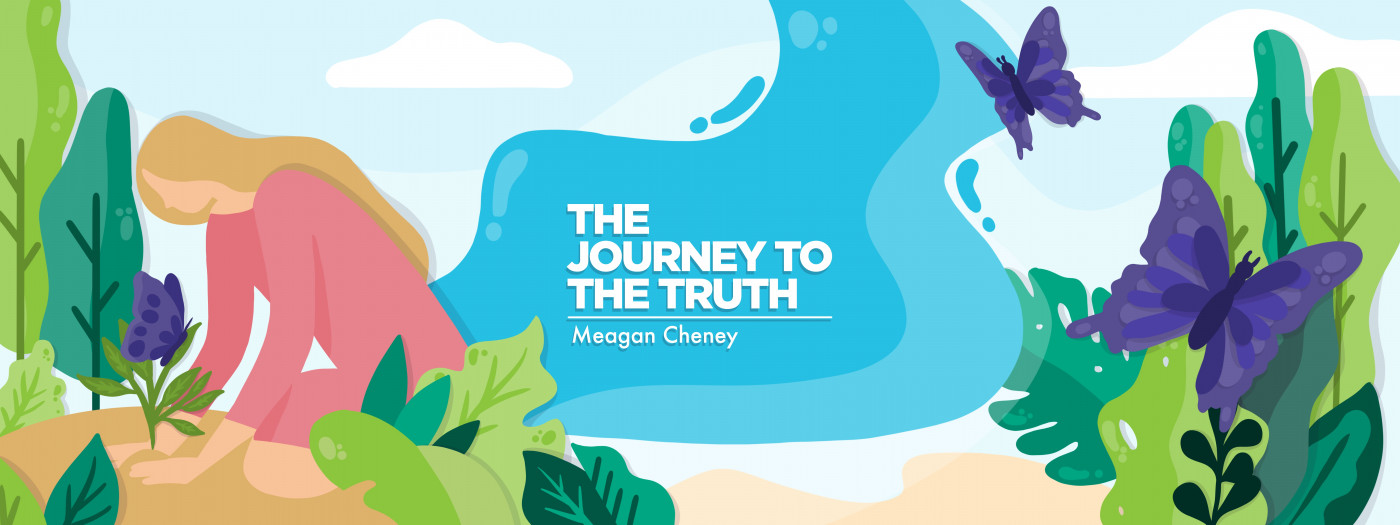Dravet Syndrome Doesn’t Take Away Our Dreams, It Adjusts Them
Written by |

I have two daughters. Each time the doctor told me I was having a girl, my heart skipped a beat in excitement.
I never had a sister, and the thought of having a tiny human looking up to me brought both a sense of anticipation and complete fear.
These two little girls would look up to me. They would look back at me when modeling their journeys as women, wives, and mothers. Whether my example created a path that they wanted to follow or steer away from was up to me and my actions from that day on.
No pressure or anything. Just kidding. It was a lot of pressure, and I still worry daily that I’m doing it wrong.
With my oldest child, Addi, things were pretty typical. From the time she could walk and talk, Addi followed me everywhere. She put on her play makeup while I put mine on each morning, and she tagged alongside me during housework and errands. It was just how I imagined it would be, just as it had been with my own mom.
When Austen was born, I was delighted to think we would have much of the same relationship. I was even more excited to see the relationship develop between her and Addi, to see her toddle alongside her big sister as she grew up.
Addi was 7 when Austen was born, and we joked that she thought of herself as a little mama. She would sit next to Austen and read aloud, dress her as if she were a living baby doll, and hold her every chance she got.
As Austen grew, though, and Dravet syndrome started to rear its ugly head, it didn’t take long for me to realize that what I had with Addi might not happen with Austen.
Now, don’t get me wrong, I know that every child is different. And every relationship between parents and children is different as well.
As Austen grew, she was not interested in doing things alongside me. She wanted me to comfort her and nurse her, but the rest of the time she did her own thing.
Austen did not want to play with dolls or dress up with her sister. If I was cooking in the kitchen, she preferred to pour water from one cup to another at the table by herself instead of help me to mix a batch of brownies.
For about four years, we did not realize this was autism. Austen was very social, so social she didn’t seem to understand that people had physical boundaries. She loved to talk and hug people, but wanted to play by herself. It wasn’t until her seizures started to improve after starting Fintepla (fenfluramine), and her lack of physical boundaries began to cross the line more and more toward aggression (especially with her siblings and cousins), that we started to question the behavior.
After Austen was officially diagnosed, we started applied behavior analysis therapy right away. The hope was that we could get the aggressive behaviors under control before she started kindergarten. Then COVID-19 arrived, and therapies stopped. I was terrified that any progress we had made would quickly regress.
That didn’t happen.
I’m not sure if it’s the lack of seizures, her age, or if there is any reason at all, but Austen has continued to progress in her social skills.
She doesn’t hit her siblings nearly as often, she plays alongside them, and she’s forming attachments to toys like her doll.
In just the last few weeks, Austen has been my little shadow. She wakes up when I do in the morning, brushes her teeth alongside me, and wants us to wear matching colors each day. Earlier this week, she insisted on wearing night cream, and when I dabbed a bit on her cheeks, she squealed. “Now I’m just like you, Mama.”
Oh, my heart. Dravet syndrome causes us to reevaluate our lives at every turn. Nothing is the same as we originally imagined it would be. It cannot take everything, though. It can’t take these tiny moments. And as much as it tries, it can’t take all my dreams for this little girl.
***
Note: Dravet Syndrome News is strictly a news and information website about the disease. It does not provide medical advice, diagnosis, or treatment. This content is not intended to be a substitute for professional medical advice, diagnosis, or treatment. Always seek the advice of your physician or other qualified health provider with any questions you may have regarding a medical condition. Never disregard professional medical advice or delay in seeking it because of something you have read on this website. The opinions expressed in this column are not those of Dravet Syndrome News or its parent company, Bionews, and are intended to spark discussion about issues pertaining to Dravet syndrome.






Leave a comment
Fill in the required fields to post. Your email address will not be published.